Why the universe contains something rather than nothing
Scientists have announced that they are one step closer to understanding why the universe contains something rather than nothing, Dennis Overbye explains what this means
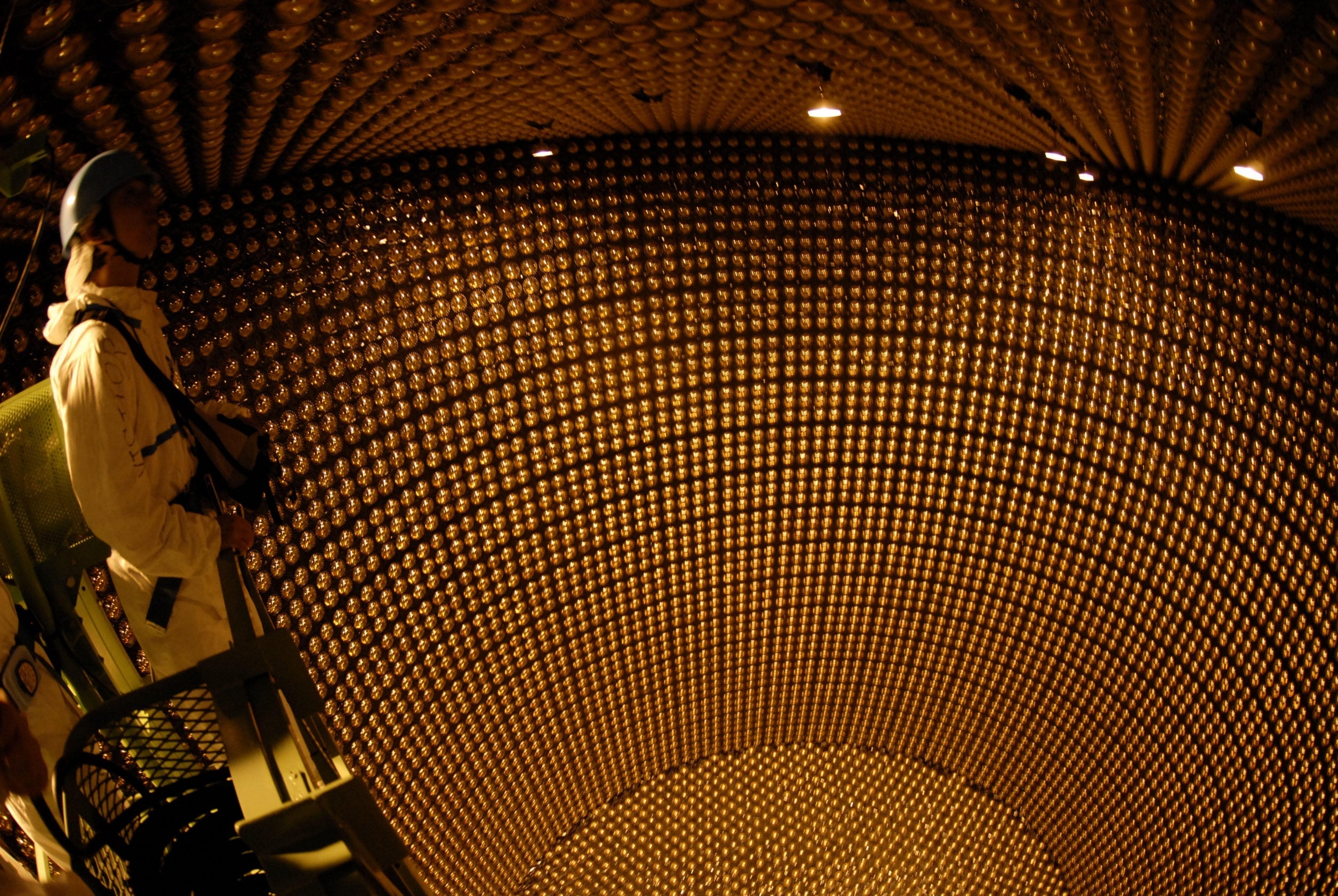
Your support helps us to tell the story
From reproductive rights to climate change to Big Tech, The Independent is on the ground when the story is developing. Whether it's investigating the financials of Elon Musk's pro-Trump PAC or producing our latest documentary, 'The A Word', which shines a light on the American women fighting for reproductive rights, we know how important it is to parse out the facts from the messaging.
At such a critical moment in US history, we need reporters on the ground. Your donation allows us to keep sending journalists to speak to both sides of the story.
The Independent is trusted by Americans across the entire political spectrum. And unlike many other quality news outlets, we choose not to lock Americans out of our reporting and analysis with paywalls. We believe quality journalism should be available to everyone, paid for by those who can afford it.
Your support makes all the difference.Scientists announced this month that they were perhaps one step closer to understanding why the universe contains something rather than nothing.
Part of the blame, or the glory, they say, may belong to the flimsiest, quirkiest and most elusive elements of nature: neutrinos. These ghostly subatomic particles stream from the Big Bang, the sun, exploding stars and other cosmic catastrophes, flooding the universe and slipping through walls and our bodies by the billions every second, like moonlight through a screen door.
Neutrinos are nature’s escape artists. Did they help us slip out of the Big Bang? Perhaps. Recent experiments in Japan have discovered a telltale anomaly in the behaviour of neutrinos, and the results suggest that, amid the throes of creation and annihilation in the first moments of the universe, these particles could have tipped the balance between matter and its evil-twin opposite, antimatter. As a result, a universe that started out with a clean balance sheet – equal amounts of matter and antimatter – wound up with an excess of matter: stars, black holes, oceans and us.
An international team of 500 physicists from 12 countries, known as the T2K collaboration and led by Atsuko K Ichikawa of Kyoto University, reported in Nature that they had measured a slight but telling difference between neutrinos and their opposites, antineutrinos. Although the data is not yet convincing enough to constitute solid proof, physicists and cosmologists are encouraged that the T2K researchers are on the right track.
“This is the first time we got an indication of the CP violation in neutrinos, never done before,” says Federico Sanchez, a physicist at the University of Geneva and a spokesperson for the T2K collaboration, referring to the technical name for the discrepancy between neutrinos and antineutrinos. “Already this is a real landmark.”
But Sanchez and others involved cautioned that it is too early to break out the champagne. He pointed out that a discrepancy like this was only one of several conditions that Andrei Sakharov, the Russian physicist and dissident winner of the Nobel Peace Prize in 1975, put forward in 1967 as a solution to the problem of the genesis of matter and its subsequent survival.
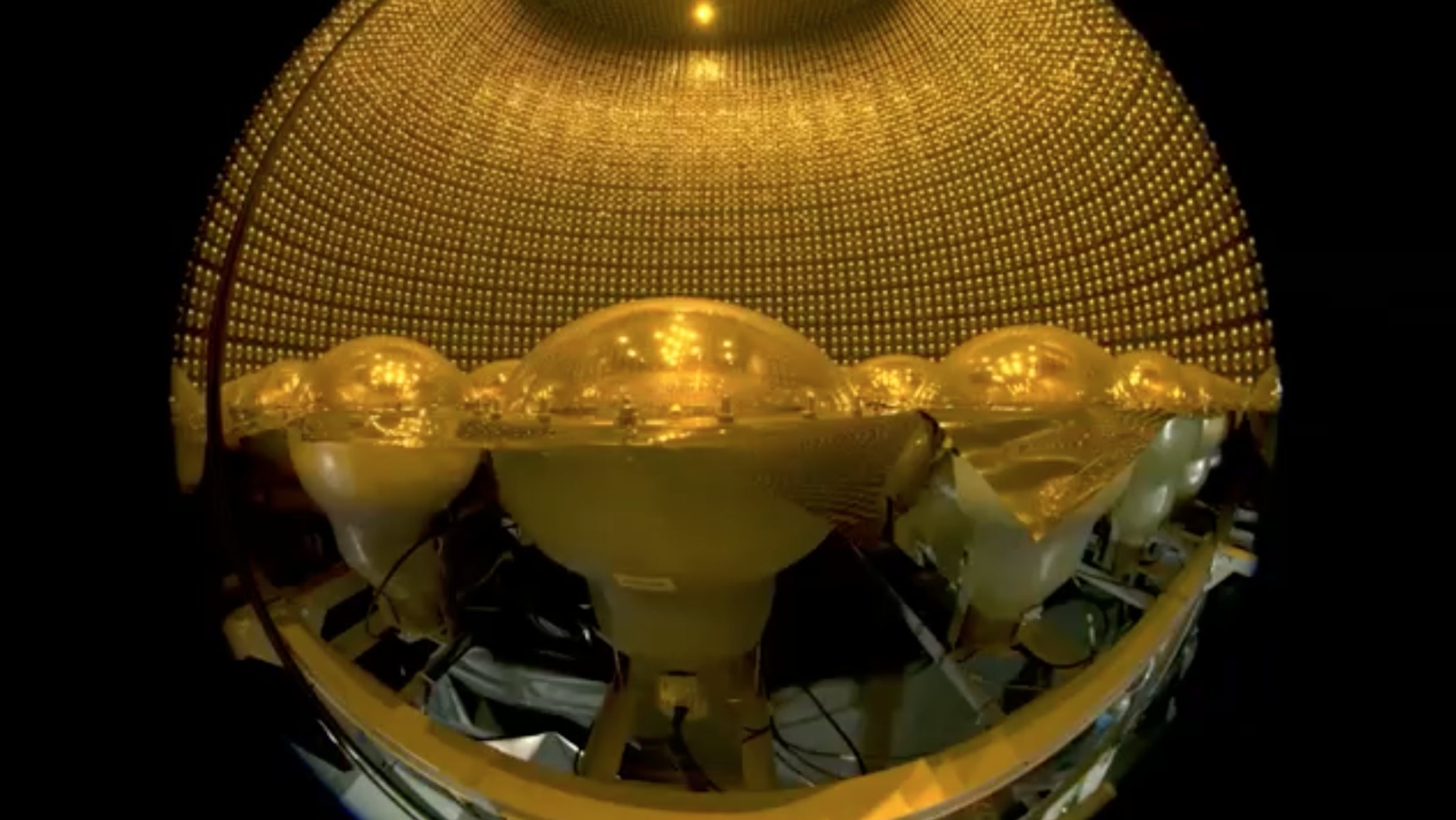
Not all the conditions have been met yet. “This is just one of the ingredients,” Sanchez says. Nobody knows how much of a discrepancy is needed to solve the matter-antimatter problem. “But clearly this goes in the right direction,” he says.
In a commentary in Nature, Silvia Pascoli of Durham University in England and Jessica Turner of the Fermi National Accelerator Laboratory in Batavia, Illinois, called the measurement “undeniably exciting”.
“These results could be the first indications of the origin of the matter-antimatter asymmetry in our universe,” they wrote.
The Japan team estimated the statistical significance of their result as “3-sigma”, meaning that it had one chance in 1,000 of being a fluke. Those odds may sound good, but the standard in physics is 5-sigma, which would mean less than a one-in-a-million chance of being wrong.
“If this is correct, then neutrinos are central to our existence,” says Michael Turner, a cosmologist now working for the Kavli Foundation and not part of the experiment. But, he adds, “this is not the big discovery.”
But when matter and antimatter meet, they annihilate each other, producing pure energy. Therefore, the universe should be empty of matter
Joseph Lykken, deputy director for research at Fermilab, says he was cheered to see a major science result coming out during such an otherwise terrible time. “The T2K collaboration has worked really hard and done a great job of getting the most out of their experiment,” he said. “One of the biggest challenges of modern physics is to determine whether neutrinos are the reason that matter got an edge over antimatter in the early universe.”
We are the beauty mark of the universe
In a perfect universe, we would not exist.
According to the dictates of Einsteinian relativity and the baffling laws of quantum theory, equal numbers of particles and their opposites, antiparticles, should have been created in the Big Bang that set the cosmos in motion. But when matter and antimatter meet, they annihilate each other, producing pure energy. (The concept, among others, is what powers the engines of the Starship Enterprise.) Therefore, the universe should be empty of matter.
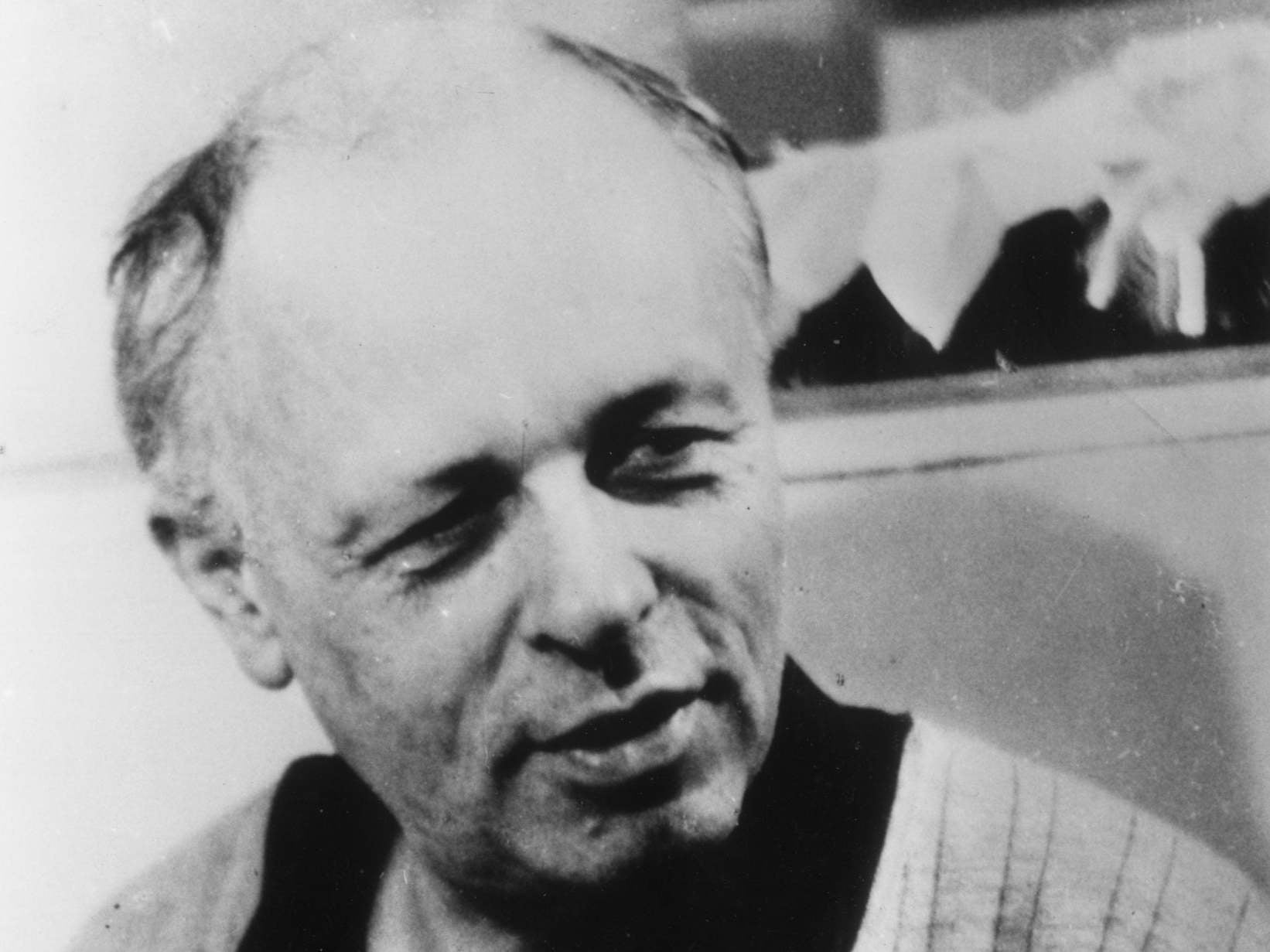
That didn’t happen, quite. Of the original population of protons and electrons in the universe, roughly only one particle in a billion survived the first few seconds of creation. That was enough to populate the skies with stars, planets and us.
In 1967, Sakharov laid out a prescription for how matter and antimatter could have survived their mutual destruction pact. One condition is that the laws of nature might not be as symmetrical as physicists like Einstein assumed.
In a purely symmetrical universe, physics should work the same if all the particles changed their electrical charges from positive to negative or vice versa – and, likewise, if the coordinates of everything were swapped from left to right, as if in a mirror. Violating these conditions – called charge and parity invariance, C and P for short – would cause matter and antimatter to act differently.
In 1957, Tsung-Dao Lee of Columbia University and Chen Ning Yang, then at the Institute for Advanced Study, won the Nobel Prize in physics for proposing something along these lines. They suggested that certain “weak interactions” might violate the parity rule, and experiments by Chien-Shiung Wu of Columbia (she was not awarded the prize) confirmed the theory. Nature, in some sense, is left-handed.
In 1964, a group led by James Cronin and Val Fitch, working at the Brookhaven National Laboratory on Long Island, discovered that some particles called kaons violated both the charge and parity conditions, revealing a telltale difference between matter and antimatter. These scientists also won a Nobel.
By the laws of symmetry, antineutrinos should behave the same way. But do they? Apparently not quite. And on that question may hang a tale of cosmic proportions
Hints of a discrepancy between matter and antimatter have since been found in the behaviour of other particles called B mesons, in experiments at Cern and elsewhere. “In the larger picture, CP violation is a big deal,” Michael Turner, of the Kavli Foundation, says. “It is why we are here!”
Both kaons and B mesons are made of quarks, the same kinds of particles that make up protons and neutrons, the building blocks of ordinary matter. But so far there is not enough of a violation on the part of quarks, by a factor of 1 billion, to account for the existence of the universe today.
Neutrinos could change that. “Many theorists believe that finding CP violation and studying its properties in the neutrino sector could be important for understanding one of the great cosmological mysteries,” says Guy Wilkinson, a physicist at Oxford who works on Cern’s LHCb experiment, which is devoted to the antimatter problem. Chief among those mysteries, he says: “Why didn’t all matter and antimatter annihilate in the Big Bang?”
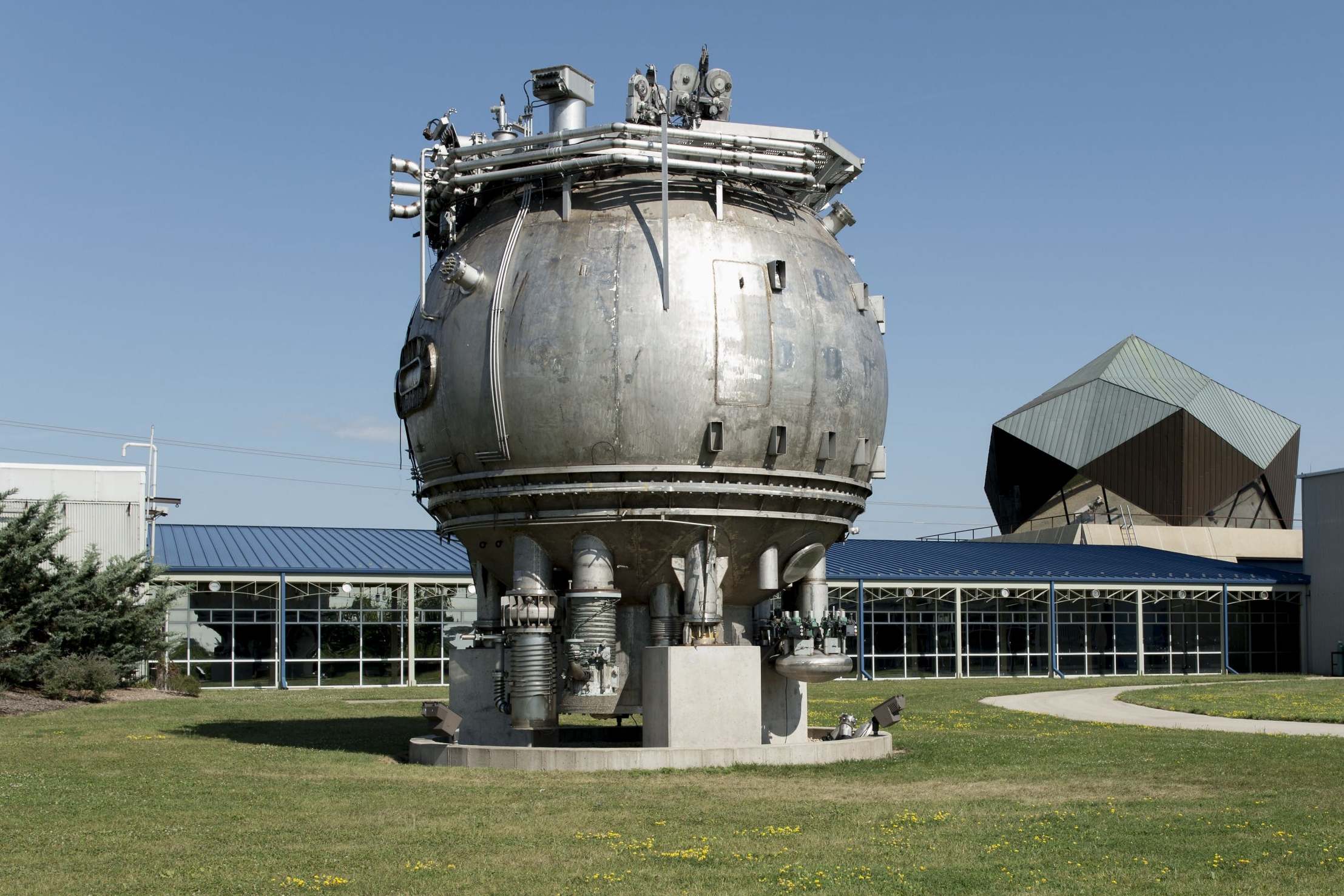
Help from the ghost side
Neutrinos would seem to be the flimsiest excuse on which to base our existence – “the most tiny quantity of reality ever imagined by a human being,” a phrase ascribed to Frederick Reines, of the University of California, Irvine, who discovered neutrinos.
They entered the world stage in 1930, when theorist Wolfgang Pauli postulated their existence to explain the small amount of energy that goes missing when radioactive decays spit out an electron. Enrico Fermi, the Italian physicist, gave them their name, “little neutral one”, referring to their lack of an electrical charge. In 1955, Reines discovered them emanating from a nuclear reactor; he eventually won a Nobel Prize.
Second to photons, composed of electromagnetic radiation, neutrinos are the most plentiful subatomic particles in the universe, famed for their ability to waft through ordinary matter like ghosts through a wall. They are so light that they have yet to be reliably weighed.
But that is just the beginning of their ephemeral magic. In 1936, physicists discovered a heavier version of the electron, called a muon; this shattered their assumption that they knew all the elementary particles. “Who ordered that?” theorist I I Rabi quipped. Further complicating the cosmic bookkeeping, the muon also came with its own associated neutrino, called the muon neutrino, discovered in 1962. That led to another Nobel.
Another even heavier variation on the electron, called the tau, was discovered by Martin Perl and his collaborators in experiments at the Stanford Linear Accelerator Centre in the 1970s. Perl shared the Nobel in 1995 with Reines.
The general agreement now is that it does not seem to be sufficient. But this is just modelling, and we might be wrong
Physicists have since learned that every neutrino is a blend of three versions, each of which is paired with a different type of electron: the ordinary electron that powers our lights and devices; the muon, which is fatter; and, the tau, which is fatter still. Nobody really knows how these all fit together.
Adding to the mystery, as neutrinos travel about on their ineffable trajectories, they oscillate between their different forms “like a cat turning into a dog,” Reines once said. That finding was also rewarded with a Nobel. An electron neutrino that sets out on a journey, perhaps from the centre of the sun, can turn into a muon neutrino or a tau neutrino by the time it hits Earth.
By the laws of symmetry, antineutrinos should behave the same way. But do they? Apparently not quite. And on that question may hang a tale of cosmic proportions.
Test-driving particles
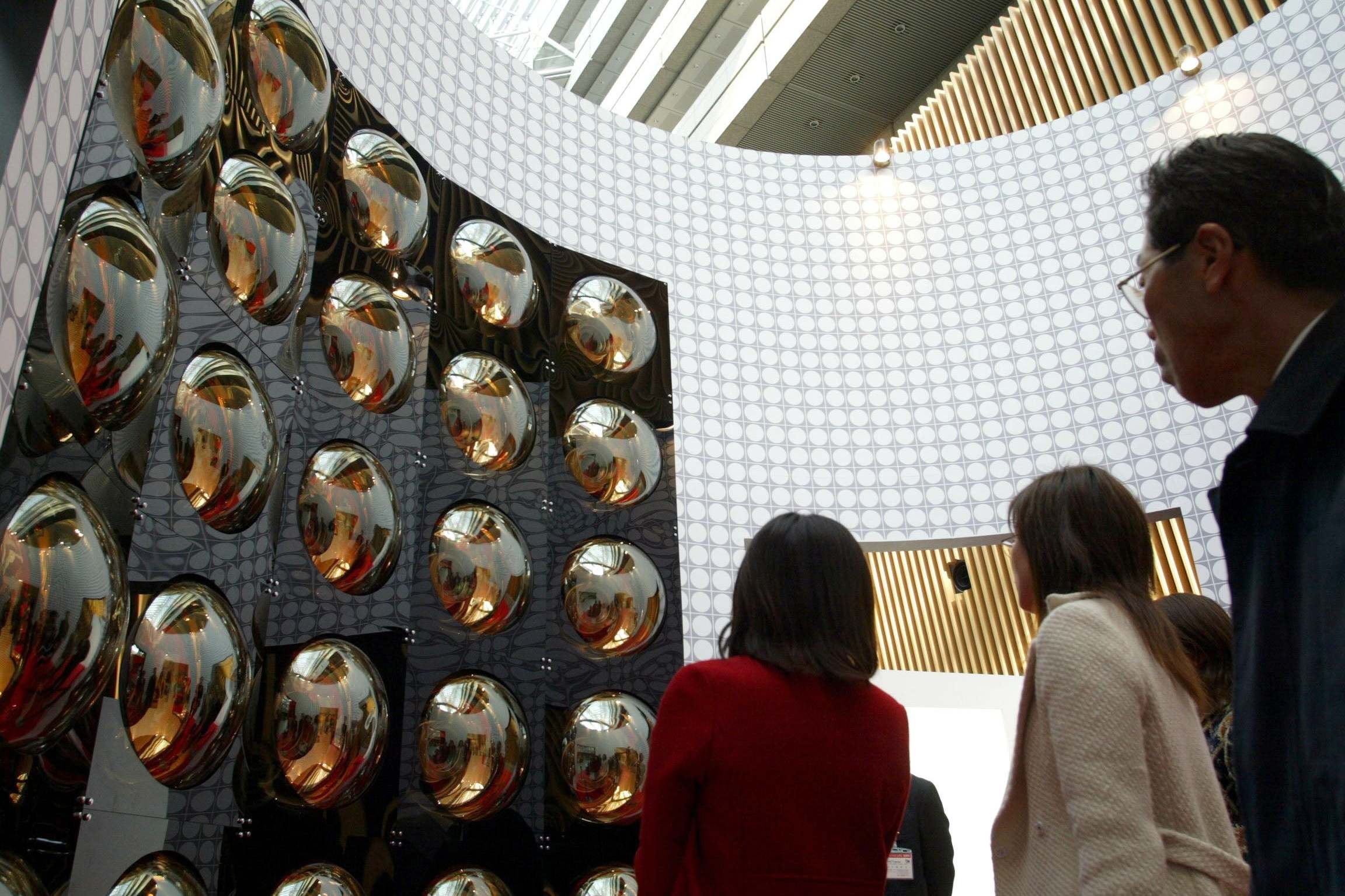
The T2K experiment, which stands for Tokai to Kamioka, is designed to take advantage of these neutrino oscillations as it looks for a discrepancy between matter and antimatter. Or in this case, between muon neutrinos and muon antineutrinos.
Since 2014, beams of both particles have been generated at the J-Parc laboratory in Tokai, on the east coast of Japan, and sent 180 miles through the Earth to Kamioka, in the mountains of western Japan.
There they are caught (some of them, anyway) by the Super-Kamiokande neutrino detector, a giant underground tank containing 50,000 tons of very pure water. The tank is lined with 13,000 photomultiplier tubes, which detect brief flashes of light when neutrinos speed through the tank. A predecessor to this tank made history on 23 February 1987, when it detected 11 neutrinos streaming from a supernova explosion in the Large Magellanic Cloud, a nearby galaxy.
The scientists running the T2K experiment alternate between sending muon neutrinos and muon antineutrinos – measuring them as they depart Tokai and then measuring them again on arrival in Kamioka, to see how many have changed into regular old electron neutrinos. If nature and neutrinos are playing by the same old-fashioned symmetrical rules, the same amount of change should appear in both beams.
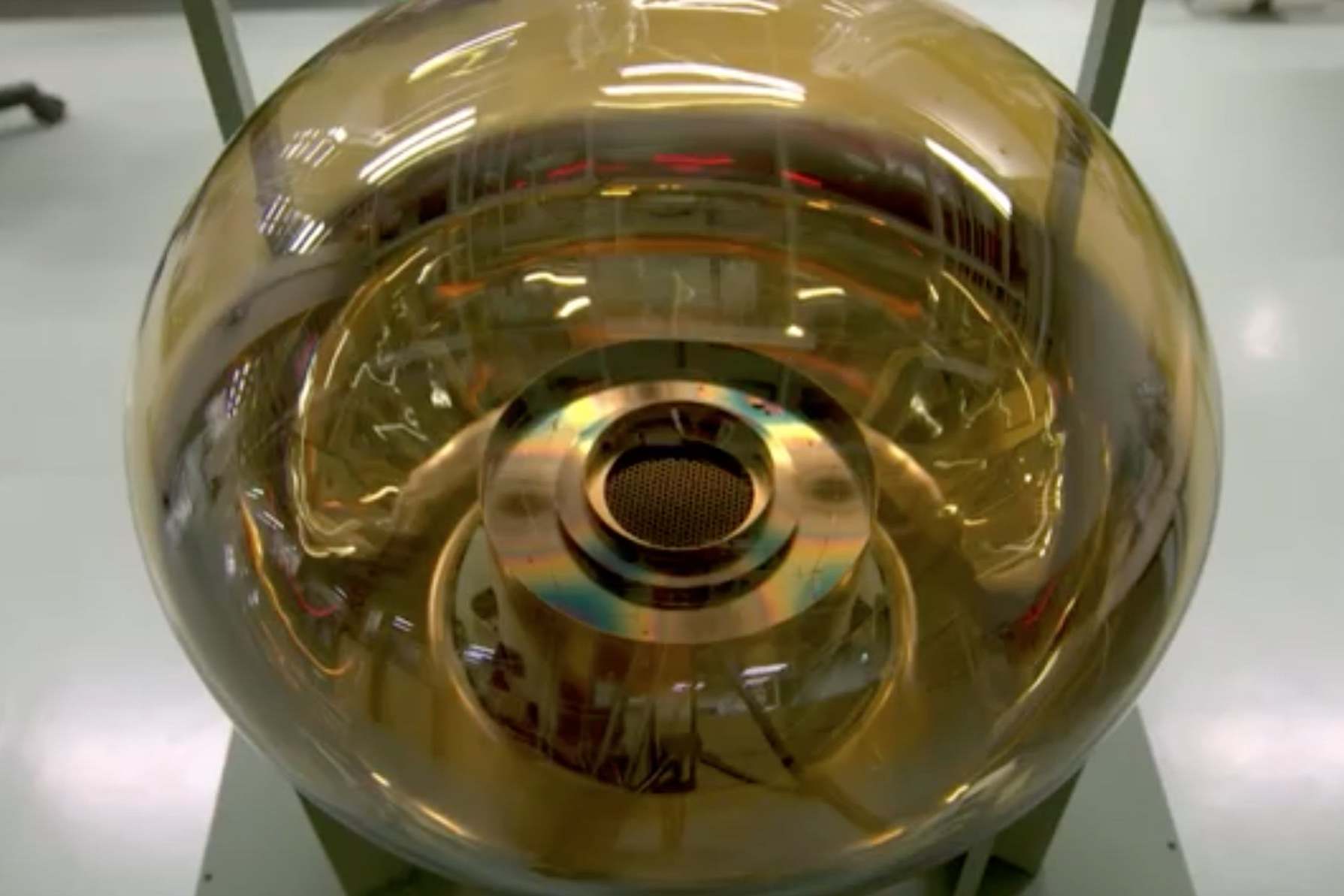
In the abstract to a rather statistically dense paper, the authors concluded: “Our results indicate CP violation in leptons and our method enables sensitive searches for matter-antimatter asymmetry in neutrino oscillations using accelerator-produced neutrino beams.”
Asked to summarise the result, Sanchez says: “In relative terms, more neutrino muons going to neutrino electrons than antineutrino muons going to antineutrino electrons.”
In other words, matter was winning. This was a step in the right direction but, Ssnchez cautions, not enough to guarantee victory in the struggle to understand our existence. The big thing, he says, is that the experiment has definitely shown that the neutrinos violate the CP symmetry. Whether they violate it enough is not yet known.
“For a long time theorists have been discussing if CP violation in neutrinos would be enough,” Sanchez says. “The general agreement now is that it does not seem to be sufficient. But this is just modelling, and we might be wrong.”
© New York Times
Join our commenting forum
Join thought-provoking conversations, follow other Independent readers and see their replies
Comments